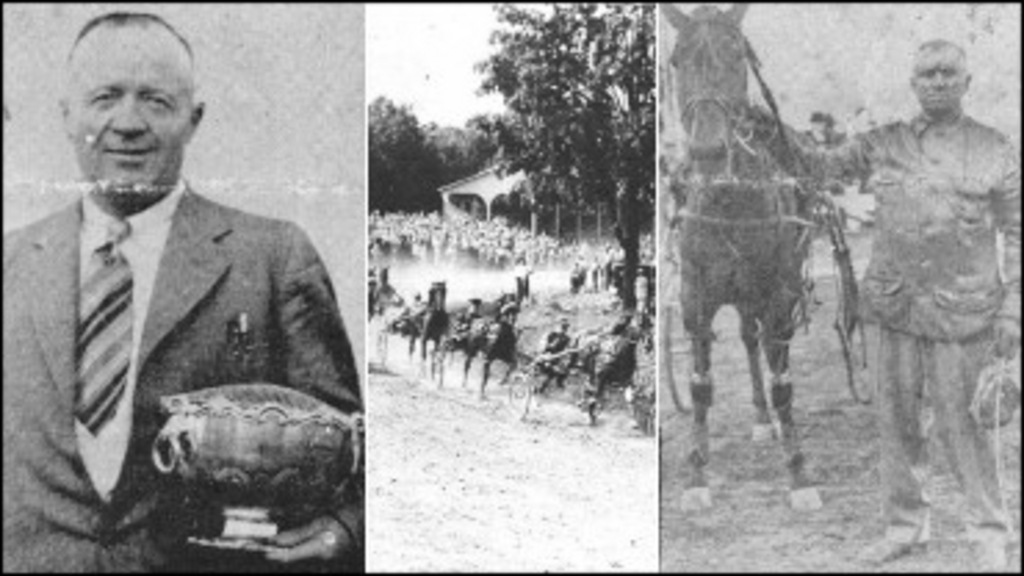
 In this week's edition of Rewind Robert Smith delves well back in time to recall a headline event from 80 years ago. One of the sport's top events at that time was The Canadian Pacing Derby held at the small Waterloo County town of New Hamburg, Ont.
In this week's edition of Rewind Robert Smith delves well back in time to recall a headline event from 80 years ago. One of the sport's top events at that time was The Canadian Pacing Derby held at the small Waterloo County town of New Hamburg, Ont.
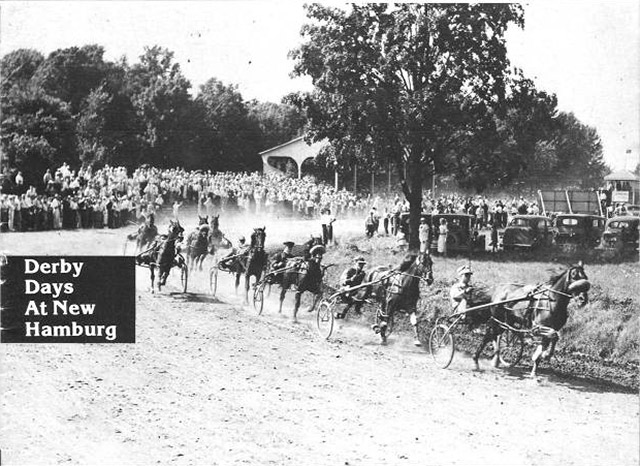
In August of 1941 much of the world was in turmoil as WWII was being fought on several fronts. Many annual race meetings were cancelled and a large number of Fairground properties were being used for military purposes. Additionally many young horsemen had traded their silks for military uniforms. The world was focused on a larger picture as the preservation of freedom and democracy were at stake for the entire world. However one locality that still held their twice yearly meetings was New Hamburg, Ont. It was believed that in good times and in bad, harness racing served as a unifying force and morale builder as it brought people together for a worthwhile purpose.
Sixth Annual Canadian Pacing Derby at New Hamburg Draws 8000 People
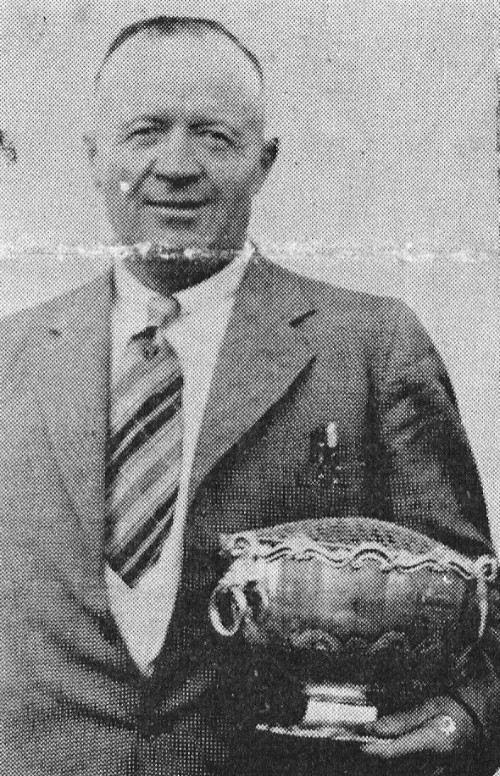
Owner of Miss Vera Bars, J. W. Brown of New Liskeard, Ont. proudly displays the silver rose bowl presented to him by the previous year's Derby winning owner W.J. Hyatt who won the 1940 edition with Bob Lee. At the age of 44 he was a fairly young owner. (Photo courtesy of Canadian Sportsman)
On August 13, 1941, the Sixth renewal of their annual signature Race — The Canadian Pacing Derby went on as scheduled in front of a crowd estimated to be around 8,000 people. First held in 1936, this race was gaining in momentum and popularity with each passing year. This year's edition attracted a field of eight starters, all eyeing a piece of the huge $1,500 purse and more importantly a chance to wear the crown of victory. One horse who was considered the heavy favourite that year was Dazzle Direct. Originally brought out by Kerwood, Ont. horseman John Brigham this speedy pacer had made his way to U.S. ownership and had starred at several stateside tracks including a sub 2:00 mile at Lexington, Ky., then handled by the legendary horseman Morris MacDonald. He was indeed the horse to bet and the horse to beat. He was owned by sportsman J.C. Ridley of Detroit and driven on this day by the young Michigan reinsman Tommy Winn.
However, as is often the case, the pre-race scenario does not play out as the so-called "experts" predict. Chestnut Bars set the pace in the early going of the first heat with a rapid opening quarter of 32 seconds. He continued to lead throughout most of the race but was eventually collared by the very lightly regarded Miss Vera Bars with favourite Dazzle Direct taking second. In the second heat the starter disqualified driver Bill Harvey behind Pine Ridge Alex for beating the pole horse away. He was replaced by driver Harry Fields who promptly sent his catch drive to the lead carving out a half in 1:04 3/4, closely pursued by Miss Vera Bars who once again paced home a winner with the Detroit-owned horse unable to get the lead and settling for second spot.
With victory assured from two heat wins, driver Litt came out for the final skirmish intent on a clean sweep. He hustled the little mare to the lead immediately and led for the entire race until a few steps from the wire when Bert Patch, a Kingston-owned horse driven by railroader Steadman Craig, grabbed the lead and won in the fastest heat of the afternoon — 2:07 flat. This was by far the closest finish of the event and once again the heavy favourite took the second place finish. As so often happens in horse racing, a horse lightly regarded steals the show. A foal of 1935, Miss Vera Bars was six years old at this time and this win was one of 31 she tallied during the 1941 season in 46 starts. Her season ending bankroll was a meagre $1,653.80, an indication that racing during this era was not all about money.
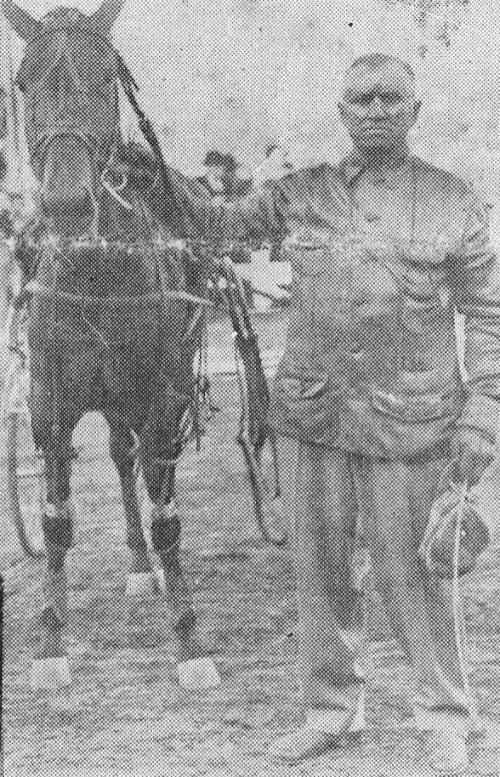
Aug 13, 1941: Miss Vera Bars poses with driver Gid Litt following her Derby victory as the only mare to ever win the New Hamburg Pacing Derby. Mr. Litt handled the driving for trainer Cliff "Chappy" Chapman Sr. who had another entry in the race. (Photo courtesy of Canadian Sportsman. My apologies for the less than perfect picture quality undoubtedly attributable to the passage of time)
Owner Brown Addresses Huge Crowd
At the race's conclusion, an on-track presentation took place with Mr. W.J. Hyatt of London, the owner of the previous year's winner Bob Lee presenting a beautiful silver rose bowl to Mr. James W Brown of New Liskeard, Ont., the owner of Miss Vera Bars. It was customary in those days for the winning owner to address the crowd and Mr. Brown proceeded to thank his trainer "Chappy" Chapman Sr. for the way he had conditioned his mare for the race and also thanked driver Gid Litt for his outstanding drive in each heat. This victory gave Litt his second Derby win, having also won the race in 1937 behind Grattan Axworthy, coincidentally in the same time of 2:08 3/4. Mr. Brown was also quick to announce that he would donate a similar trophy to the next year's winner, thus continuing a tradition dating back to the Derby's beginning.
The day following the race, The New Hamburg Turf Club revealed that this had been the most successful race day from a financial standpoint that the club had ever enjoyed. Future plans called for an increased purse for the following year, several improvements to the grounds and buildings, and also various charities related to the wartime effort would also benefit. The Canadian Pacing Derby was on its way.
Thus concluded a great day of racing. Four races, each of three heats provided a total of 12 exciting races for purses totalling $2,600. As we reflect back on days such as this, we see many of the participants of that day still have connections to the modern day sport. Also unbeknownst at the time, many future Hall of Famers were on display that day, including the winning horse, her owner and trainer, to name just a few. In 1976 Miss Vera Bars was inducted into the Canadian Horse Racing Hall of Fame. Her qualifications had little to do with her lifetime record (which was 2:05 1/4) or her paltry earnings, but mostly to do with her great heart and competitive spirit in an era now long forgotten.
Results of 1941 Canadian Pacing Derby - Purse $1,500
Miss Vera Bars (Gid Litt) — 1-1-3
Bert Patch (Sted Craig) — 4-3-1
Dazzle Direct (Tom Winn) — 2-2-2
Tom Grattan (Vic Rowntree) — 3-5-6
Pine Ridge Alex (Wm. Harvey, Harry Fields) — 5-4-7
Chestnut Bars (Cliff Chapman) — 6-7-4
Leah Guy (Jack Finnerty) — 7-6-5
Beatrix Lee (Allan Elliot) — 8-8-8
Times: 2:08 1/4; 2:08 1/4; 2:07
Note: This year's version of The Canadian Pacing Derby will take place on Saturday, September 4th with all entrants in search of a piece of the $600,000 purse.
Closing Comments: The story of the original Canadian Pacing Derby is an amazing one and today's piece is just a small sampling of what it meant to Canadian harness racing at that time. First held in 1936, it survived through good and bad times and was staged at Fountain Park in New Hamburg for 22 straight years without fail. It was managed and promoted mainly by volunteers and served as the premiere pacing event in Ontario for virtually all of that time.
The story of today's winner Miss Vera Bars is just a small portion of the success enjoyed by her owner Jim Brown of New Liskeard, Ont. During the decade of the 1940's Mr. Brown would win no less than five Derbies; one being the victory described today and four more recorded by his sensational roan gelding The Count B. In yet another Derby The Count was second to that year's winner Blue Again. As most readers might know, Jim Brown was the father of Dr. Glen Brown, a man who has served our sport so admirably for so many years. Perhaps a coincidence that the senior Brown owned the only mare to win the Pacing Derby while Dr. Brown remains the only person to own a mare that has won the Little Brown Jug!
Quote For The Week: "Mighty Oaks From Little Acorns Grow."
Who Is It?
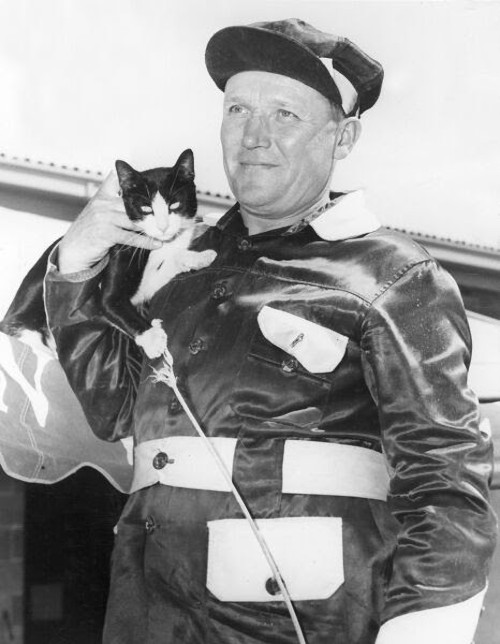
Can you identify this gentleman from yesteryears? His name is mentioned in today's story which should be a help. (Hoof Beats photo)
Who Else Is It?
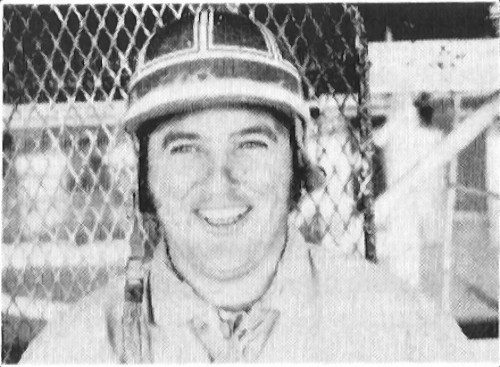
Let's go with a little newer photo to try to reach a few more in the reading audience. Who is this fellow?
What Is It?
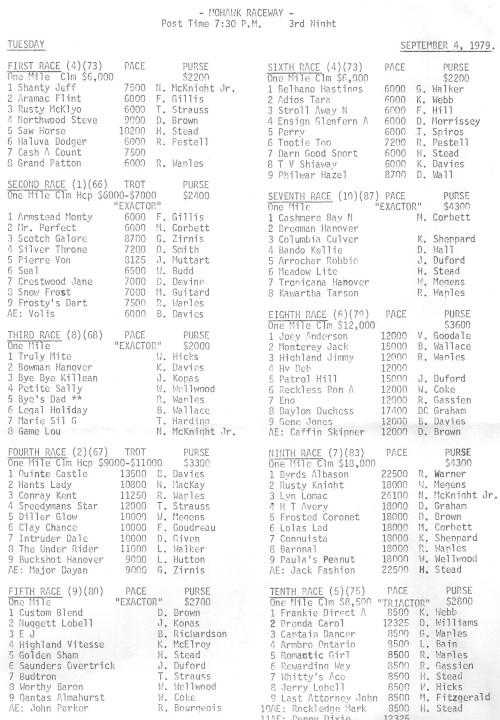
Can you correctly name what this document was called? It was in use at virtually all racetracks for many years and was an important part of the information all horse people required. It was usually just issued as a single sheet of paper. Today we take for granted how easy it is to reproduce a piece of paper but it was not always that way. Dating way back, an office machine called a "Gestetner" (named after the inventor) was often used to run off multiple sheets of the same item.


This week's first picture
This week's first picture failed to draw any guesses while the other two items were correctly identified. The answers were as follows:
Who Is It ? - This old picture was the great Michigan horseman Tom Winn who was mentioned in connection with the 1941 Can. Pacing Derby as the driver of Dazzle Direct who finished second in all three heats.
Who Else ? - Correctly identified as Callie Rankin in his early years.
The racing document shown was usually referred to as an "overnight sheet".
Thanks as always for your participation.
Who is it looks like he may
Who is it looks like he may be a very young Morris MacDonald.
Who else is it Cahill Rankin
What is it, I have always called them "over night sheets" and have heard them called "draw sheets"
I recall hitch hiking to New
I recall hitch hiking to New Hamburg to see the races while a student at Ontario Veterinary College. It was cold and rainy and not too many offering rides. This was in '44 I think.
John Findley.
could #1 be a young Del
could #1 be a young Del McTavish
They were called overnight
They were called overnight sheets
picture 1 ? 2 Callie
picture
1 ?
2 Callie Rankin
what is it is Official entry sheet
#2 Greg Wright. Overnight
#2 Greg Wright.
Overnight sheet